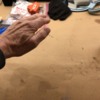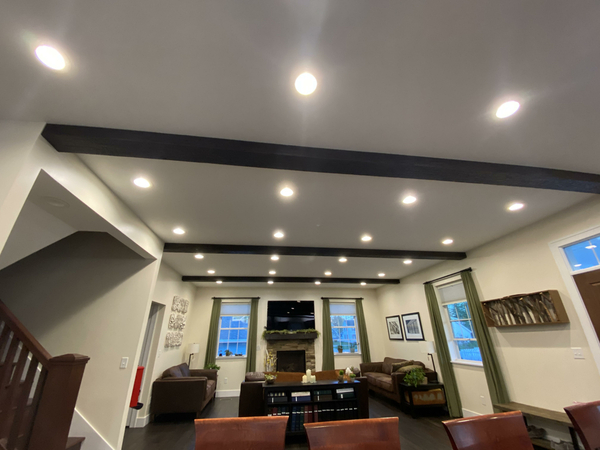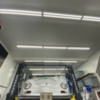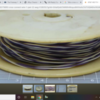I have been yearning for a while for better light in my shop. When I set it up, I installed five recessed "pot" lights in the ceiling, spaced above the workbench. They work well over that space, but the rest of the garage was lacking so I installed a couple of dual-tube, four foot long, florescent shop fixtures in each bay and that gave me what I thought was pretty good light, but I always wanted more, especially right on the bench where I would get a few shadows on the surface and it was kind-of dark when crawling around under the cars. On top of that, Florescent lights are kind-of useless under 30F because they start slow at less than half their brilliance until they warm up (if ever, if it's cold enough out). I wanted more.
Yesterday, I went to a local outlet place that deals in selling overstocks and so forth, and they had 4' dual-tube, LED shop lights, 4700 Lumens and 5000K Hue (bright daylight) for the measly sum of $15 bucks each! Stunned....STUNNED, I was!
So I bought 8 of them, replaced the 4 florescent fixtures already up on the ceiling, added two more in the middle up there and then put two more under the upper bench cabinets, washing the bench surface.
WOW! ![]() That's one Helluva Lotta Light!
That's one Helluva Lotta Light!
Here's the shop with just natural light from the windows (it seems darker in there than it looks in the photo):
And here's the same space with the new lights on:
Here is my bench top before the bench lights were installed under the upper cabinets, showing the shadows from the overhead floods:
And the same bench with the new bench lighting on - NO SHADOWS!!:
I LOVE this new lighting, plus I got a 10% discount for spending over $100 so it all came to just over $100 bucks for a MAJOR lighting upgrade.
On top of that, the LED lights come on instantly regardless of the temperature. Gotta love THAT!









